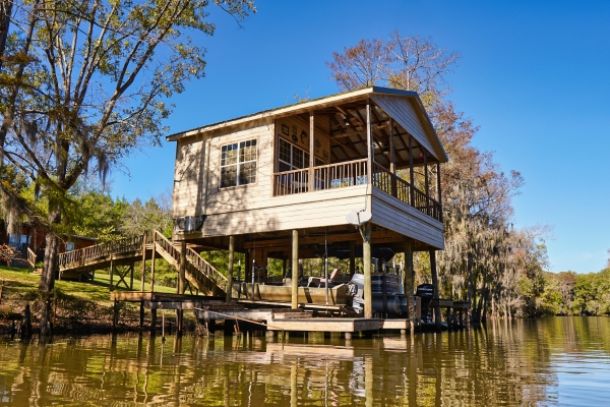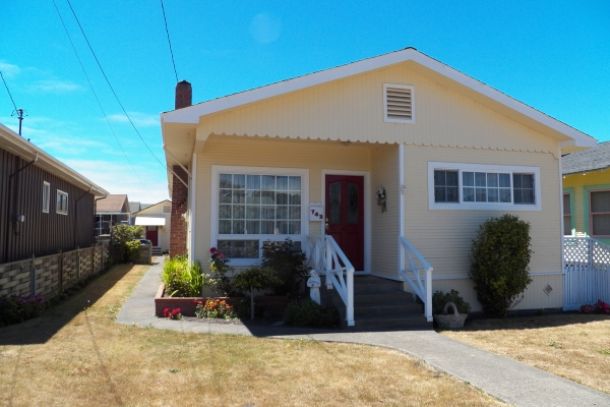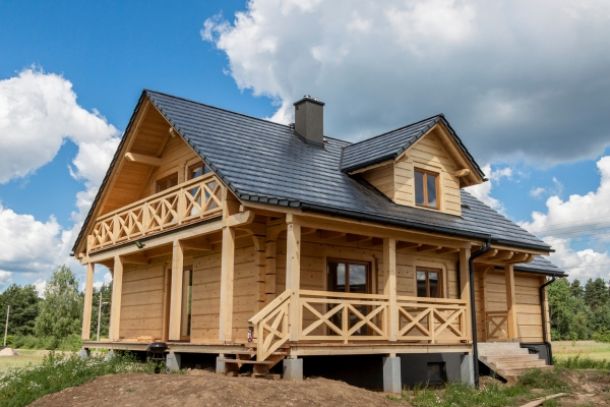Sustainable Wooden House Building for DIY Enthusiasts
Sustainable Wooden House Building for DIY Enthusiasts
Building a wooden house with sustainability in mind is not only a way to create a beautiful and natural living space but also a commitment to environmental responsibility. “Sustainable Wooden House Building for DIY Enthusiasts” is a comprehensive guide that integrates eco-friendly materials, energy-efficient techniques, and waste reduction strategies into the DIY construction process. This article provides practical advice on how to source sustainable materials, optimize energy efficiency, and maintain a low environmental footprint while building your wooden home.
Introduction
In today’s world, sustainability has become a central consideration in construction. Wooden houses naturally offer a renewable building option, but when combined with sustainable practices, they can reduce the overall carbon footprint and create healthier living environments. For DIY enthusiasts, building sustainably means using environmentally responsible materials, employing energy-efficient designs, and adopting practices that minimize waste. This guide will walk you through the essential steps to construct a sustainable wooden house that aligns with green building principles while showcasing the warmth and natural beauty of timber.
Sustainable Material Sourcing
Choose Certified or Reclaimed Wood:
The first step in sustainable construction is selecting the right wood. Opt for timber that is certified by organizations such as the Forest Stewardship Council (FSC) or consider reclaimed wood. Certified wood guarantees that the timber is harvested responsibly, while reclaimed wood reduces demand for new resources and offers unique character with a history of use.
Eco-Friendly Insulation and Finishes:
Sustainability extends beyond the wood itself. Use eco-friendly insulation materials such as recycled cellulose, natural wool, or cork. These materials provide excellent thermal performance while having a lower environmental impact. For finishes, choose low-VOC (volatile organic compounds) stains, paints, and sealants that protect the wood without compromising indoor air quality.
Local Sourcing and Waste Reduction:
Whenever possible, source materials locally to reduce transportation emissions and support your community’s economy. Additionally, plan material cuts carefully to minimize waste, and recycle any offcuts or scrap wood. These practices not only reduce your project’s environmental footprint but also can lead to cost savings.
Energy-Efficient Design
Passive Solar Design:
Integrate passive solar principles into your home design to maximize natural light and heat during winter while minimizing overheating in summer. Position large, energy-efficient windows on the south side (in the northern hemisphere) and use strategic shading techniques to balance seasonal light and heat gains. Thermal mass elements such as concrete or stone can absorb and release heat gradually, maintaining a stable indoor temperature.
High-Performance Insulation and Air Sealing:
Proper insulation is essential for reducing energy consumption. In addition to eco-friendly insulation, ensure that your building envelope is airtight. Use weatherstripping around windows and doors and seal all gaps in the structure to prevent drafts and moisture ingress. A well-insulated, air-sealed home requires less energy for heating and cooling, contributing to long-term sustainability.
Renewable Energy Integration:
Consider incorporating renewable energy systems into your design. Solar panels can be installed on the roof to generate electricity, while small wind turbines may be an option in windy areas. Additionally, geothermal heating and cooling systems provide a sustainable way to regulate indoor temperatures by leveraging the consistent temperature of the earth.
Sustainable Construction Practices
Efficient Construction Techniques:
Adopt construction methods that minimize material waste and reduce environmental impact. Prefabrication of certain elements in a controlled environment can lead to higher precision and less on-site waste. Modular construction techniques also allow you to build in phases, optimizing resource use and managing costs more effectively.
Water Management:
Sustainable building isn’t only about energy efficiency. Install water-saving fixtures like low-flow faucets and showerheads, and consider rainwater harvesting systems to collect and reuse water for irrigation or toilet flushing. Greywater recycling systems can further reduce water consumption, making your home more self-sufficient.
Environmentally Responsible Practices:
Throughout the construction process, adopt practices that reduce your ecological footprint. Use non-toxic adhesives, minimize the use of chemical treatments, and ensure that all construction waste is sorted and recycled when possible. These practices not only protect the environment but also create a healthier workspace.
Long-Term Sustainability and Maintenance
Regular Inspections and Upkeep:
Sustainable construction is an ongoing commitment. Establish a maintenance schedule that includes regular inspections for moisture, pests, and material degradation. Timely maintenance, such as resealing wood surfaces and cleaning gutters, helps preserve the energy efficiency and durability of your home.
Adaptability for Future Upgrades:
Design your home with future modifications in mind. An adaptable design allows you to incorporate new technologies or improvements as they become available, ensuring that your home remains sustainable and efficient over time. This forward-thinking approach is key to long-term sustainability.
Conclusion
Sustainable wooden house building for DIY enthusiasts is a holistic process that combines eco-friendly material sourcing, energy-efficient design, and responsible construction practices. By carefully selecting sustainable timber, integrating renewable energy systems, and minimizing waste throughout the building process, you can create a wooden home that not only provides comfort and beauty but also contributes positively to the environment. Embrace sustainability in every phase of your project and build a home that stands as a testament to your commitment to green living.


